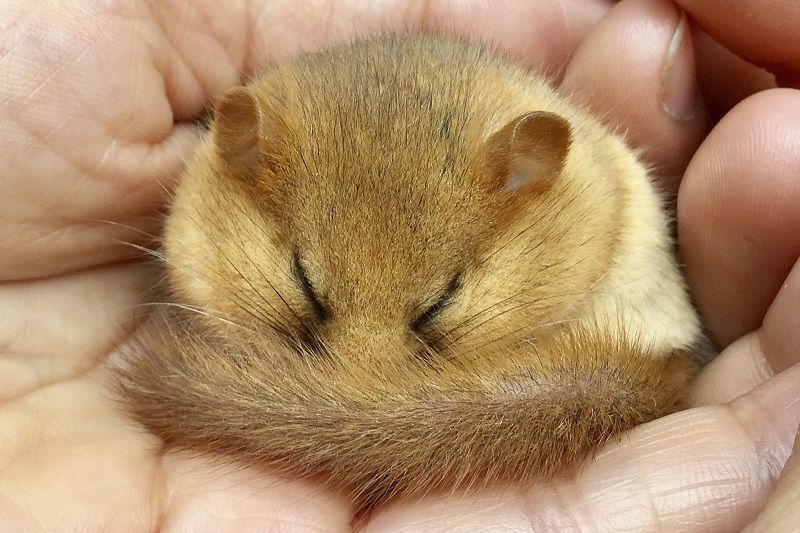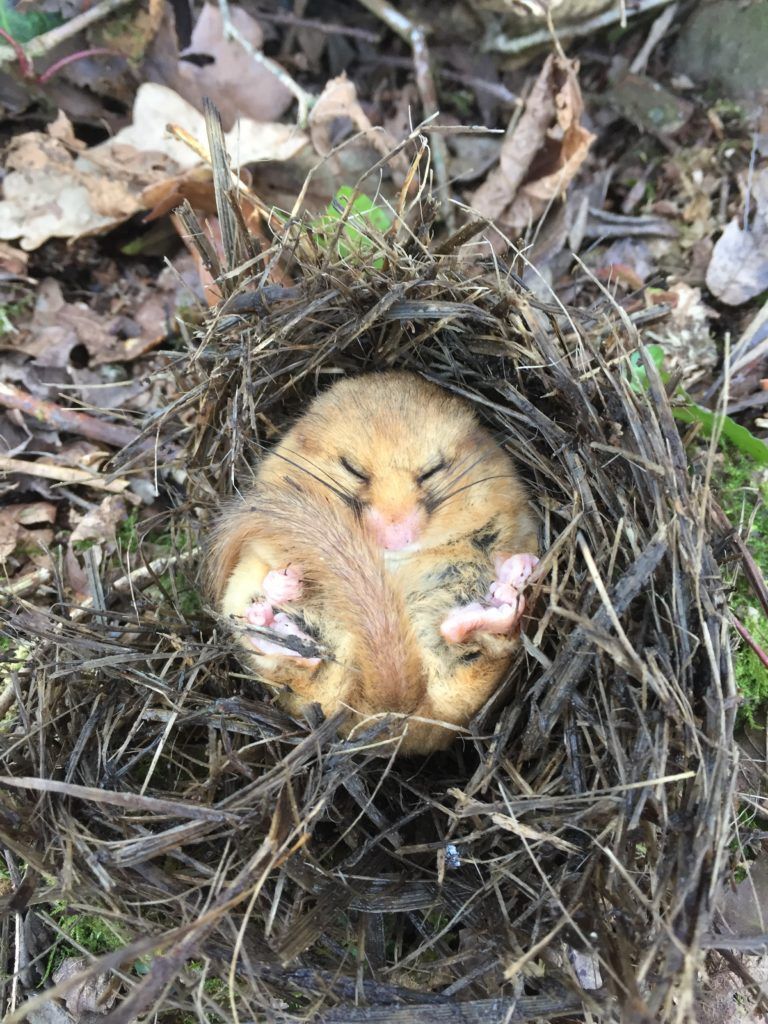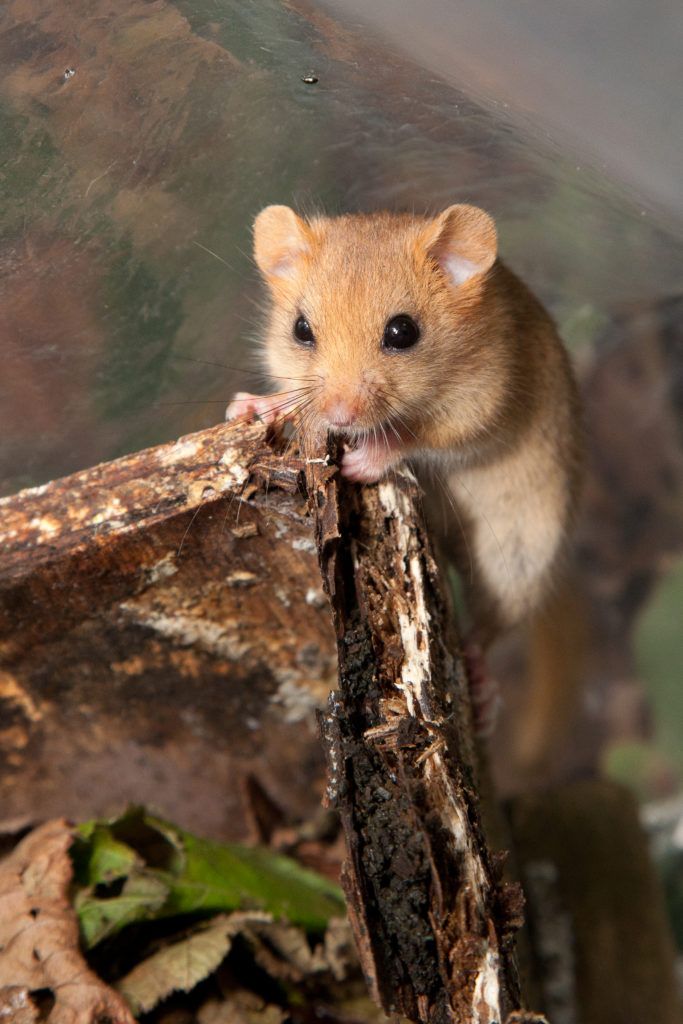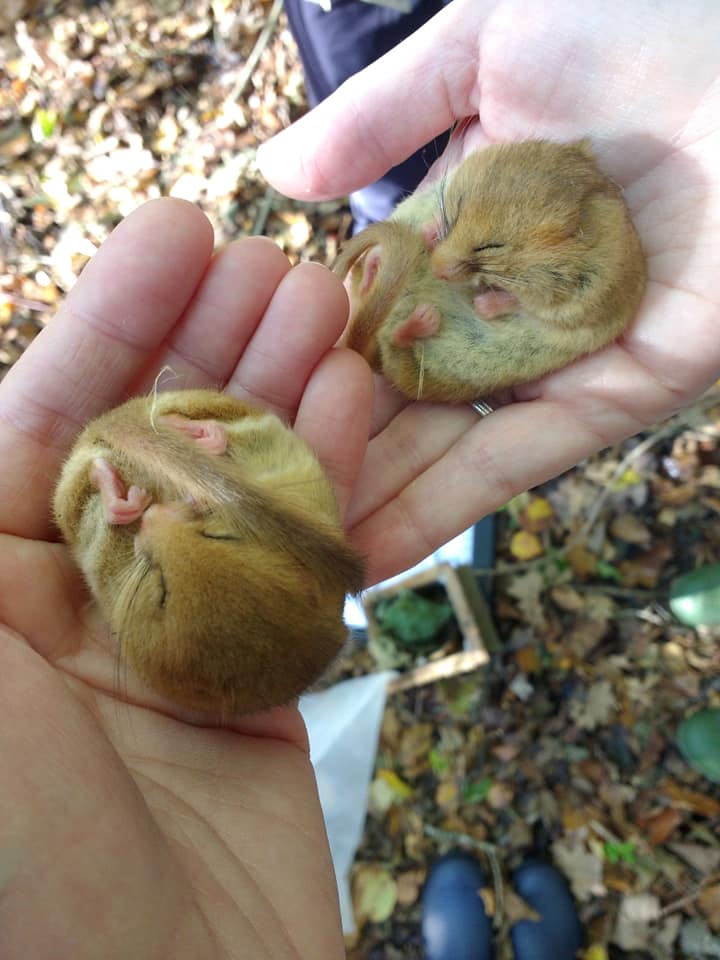Neil Bemment, Chair of the Common Dormouse Captive Breeders’ Group (CDCBG), explains what a dormouse ‘studbook’ is, and why we need it.
The Common Dormouse Captive Breeders Group (CDCBG) was established in the early 1990s and brought together several like-minded private individuals and zoological collections interested in conserving hazel dormice. As the CDCBG population slowly grew it became apparent that there was an opportunity to return some to the wild as part of a Natural England (formerly English Nature) Species Recovery Programme, in collaboration with PTES. The first of these releases took place in 1993.
Records are key
The key to any good conservation breeding and reintroduction programme is accurate records. Ideally one wants to facilitate the pairing and breeding of any wild caught or first generation individuals as a priority so as to optimise the genetic diversity available, and to avoid any inbreeding i.e. the breeding of closely related specimens. This in turn requires that every individual in an ex-situ (captive) population be easily identifiable so that they can be managed accordingly. In the past, marking methods for rodents included fur clipping, tattooing or the more barbaric mutilation practises of ear notching or toe clipping to ensure a unique ID. Nowadays PIT tags (like those used for pets) are the preferred method of choice.
Managing the breeding programme
Dormice can have up to three litters in a given year with four or five young in a litter, so because we’re trying to avoid inbreeding it’s important that siblings of the opposite sex are separated before the following breeding season. Indeed, we need to also make sure fathers are apart from daughters and mothers apart from sons because they can also produce viable offspring if left to their own devices. In the wild litter mates would ordinarily disperse, so in captivity we have to have sufficient aviaries to mimic this, although it’s possible to keep same sex groups together for a short time. Managing the breeding programme, therefore, means we need to periodically transfer animals between collections to form new genetically important breeding pairs, or to alleviate the holding capacity of a given breeder who may have been successful in breeding the previous year and have too many dormice!
Reintroductions
The CDCBG meets annually following hibernation (of the dormice, not the breeders!) in order to check how the captive population is doing and whether it’s on track to provide animals for a release in a given year. So far there have been 30 releases at 24 woodland sites across the country between 1993 and 2019. The original aim of reinstating these charismatic creatures back into 10 counties in which they used to occur was successfully achieved in the past decade. Since that point, as well as identifying landowners with appropriately managed woodland for future new releases, PTES has been identifying previous reintroduction sites which could benefit from subsequent releases at adjacent parts of the woods to ensure new gene flow into the population. Unfortunately, due to the covid-19 coronavirus pandemic this year, the 2020 reintroductions were unable to go ahead as planned.
The studbook
The first edition of the Hazel dormouse studbook was published in 2006 and was also the first studbook ever to be produced for the species. It was collated by Julian Chapman, then Senior Head Keeper at Paignton Zoo Environmental Park, Devon, and endeavoured to piece together historical information on all specimens that had been in the hands of the CDCBG since its inception. In practise it was only possible to gather data from the turn of the millennium, in addition to some dormice whose origin was known, dating back to the latter part of the 1990s. It also set out which animals had been released into the wild between 2001 and 2005, along with the living population that remained in captivity at that time. It was quickly updated the following year with edition No.2 that included the 2006 release.

Regrettably there was then an almost 11-year hiatus in the publication of the studbook. However, records of which hazel dormice had been released when and where were still maintained, with responsibility for data entry into the SPARKS (Single Population & Record Keeping System) dataset passing to Judi Dunn at the Wildwood Trust, Herne Bay, in Kent. The next two editions, Nos.3 and 4, covered historical data and all the annual releases up to and including 2017 and 2018 respectively, with the exception of 2007 and 2011 when no releases took place.
The current studbook keeper is Suzanne Kynaston, also of the Wildwood Trust, who took over the role in 2018. This latest edition No.5 (2019) is the culmination of extensive additional research digging back through past correspondence and veterinary pre-release screening records, along with assigning studbook numbers and entering specimens not previously recorded in the studbook dataset. As such it represents the definitive version of the studbook available to date.
The next task in tandem with producing the No.6 edition, with data current to 31 December 2020, is to review the number of bloodlines used for each of the reintroduction releases since the year 2001 with a view to best planning the 2021 release and indeed any future top-ups at previous release sites. Watch this space!
Written by Neil Bemment.
If you are interested in finding out more about the studbook or any other part if this article, please contact Neil at neil.bemment.nb@gmail.com.
Find out how we’re working to protect the hazel dormouse and what you can do to help:



